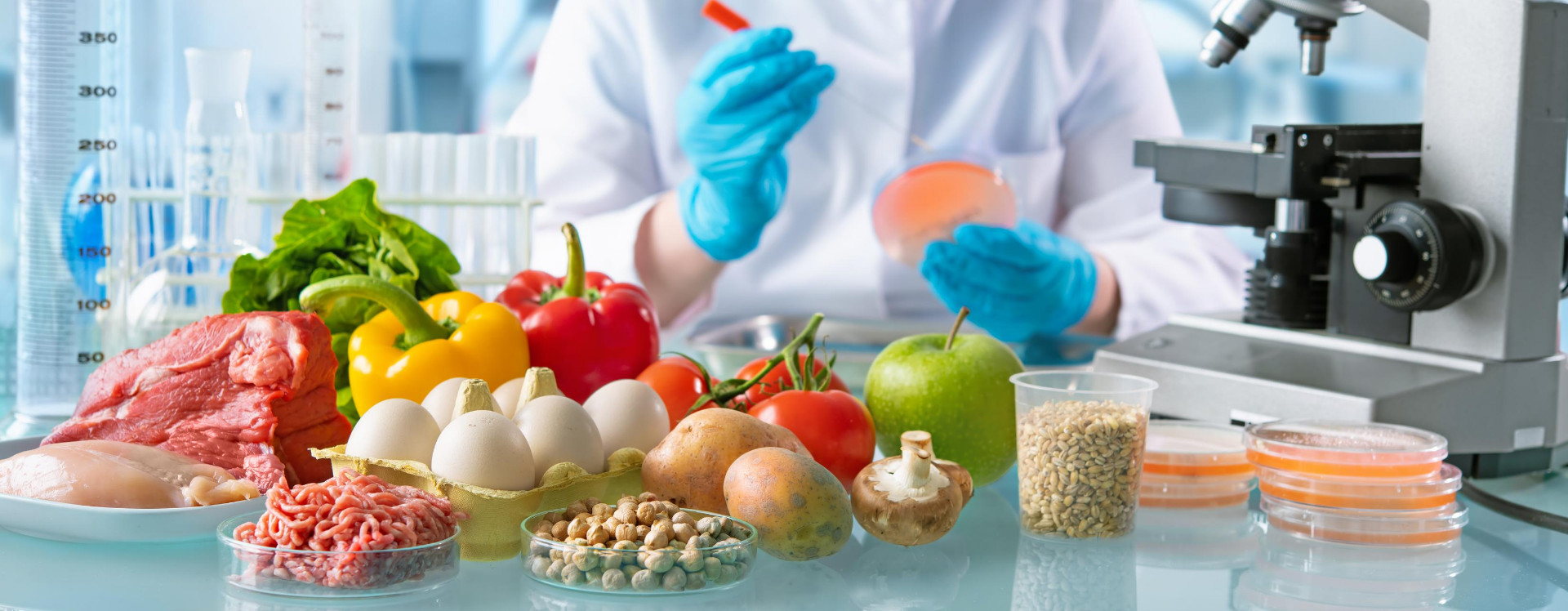I don’t know about you, but since I started working from home, food has been front and center in my mind. We don’t often think about the cultivation or journey of food prior to our selection at the grocery store or favorite restaurant. Biotechnology has a hand in the food life cycle—from agriculture and food production to the packaging that carries it to market.
I’d like to highlight three emerging biotechnology developments in the food industry: gene-edited foods, organic packaging, and cultivated meats. I have been following these trends for the last few years, but each one has finally reached the point where it can be implemented at production-scale and become available in a grocery store near you.
Gene-edited Foods
Genetically-modified foods have been around for decades. These foods are a result of plants that are easier to grow and resist pests, all of which benefit the farmer. But, what about consumer preferences? I’ve been waiting for a pit-less cherry, and with gene-edited foods, this could become a reality. Gene editing of produce has the potential to improve their protein content and diversify flavors.
Organic Packaging
Mushrooms are a polarizing food—you either love them or hate them—but mushrooms are good for more than just eating. The biotechnology company Ecovative has used mycelium, the structural components of mushrooms, to produce eco-friendly packaging. Already in use by Dell and Steelcase, among others, mushroom packaging may become the universal replacement for styrofoam packaging. Next replacement on the plate for mushrooms? Mushroom bacon, which will become available this fall in a supermarket near you.
Learn more about our 100% online degree and certificate programs.![]()
Get Program Guide
Cultivated Meats
Seven years ago, news broke about the first lab-created hamburger. Back then, it took two years and cost $338,000 to produce. Fast forward to today, biotechnology has caught up to allow for lower cost large-scale production of what is now called cultivated meat—and, unlike the first iteration, the taste approximates the natural product. Scientists are branching out from beef production to now include pork, chicken, and fish with the goal of no longer needing to produce the whole animal for its meat.

About the author: Dr. Melinda Verdone is the former program manager of the 100% online University of Wisconsin Master of Science in Applied Biotechnology program. She earned her M.S. in Microbiology and her Ed.D. in Higher Education and has more than 20 years of biotechnology experience working in research and development and higher education.
Learn more about the University of Wisconsin Master of Science in Applied Biotechnology program by contacting a knowledgeable enrollment adviser at 608-262-2011 or learn@uwex.wisconsin.edu.










